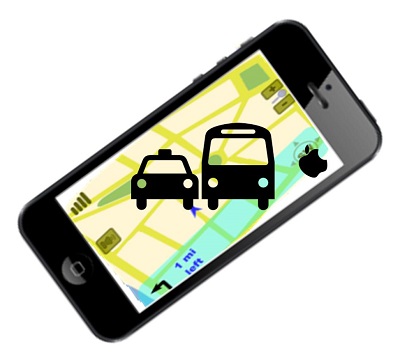The tech giant has now created an incredibly thin 55 inch display that is less than 1 mm thick.
The display arm of LG has been making massive technology news headlines as it unveiled a new detachable organic light-emitting diode (OLED) panel that has been compared to wallpaper in its thinness.
This wallpaper OLED display uses a magnetic mat to adhere to a wall with great ease and simplicity.
The panel is exceptionally thin, at 0.97 mm (which is the equivalent to 0.038 inches), and is also very lightweight, at only 1.9 kg (the equivalent to 4.18 pounds). The display is a 55 diagonal inch screen. Comparatively, the existing OLED panels that are currently on the market by LG are much “thicker” at 4.3mm, which is still an achievement as they are thinner than the slimmest smartphone in the world, the Oppo R5, which is 4.85 mm. It isn’t hard to tell why technology news headlines are on fire to cover this story.
The LG wallpaper panel was revealed in a technology news press event held in South Korea.
 The technology industry is currently predicting that OLED panels will be the next hot evolution in display tech. They differ from the current LCD (liquid crystal displays) because they do not require backlighting in order to function. T he reason is that they are based on organic material that will emit its own light. Therefore, an additional backlighting unit is not required, making it possible to create a panel that is considerably thinner and more flexible than the current LCD displays.
The technology industry is currently predicting that OLED panels will be the next hot evolution in display tech. They differ from the current LCD (liquid crystal displays) because they do not require backlighting in order to function. T he reason is that they are based on organic material that will emit its own light. Therefore, an additional backlighting unit is not required, making it possible to create a panel that is considerably thinner and more flexible than the current LCD displays.
That said, one of the primary barriers to the widespread use of OLED tech is that it is quite expensive. This has caused its delay to be quite slow, so far. Moreover, what makes this struggle worse is that there is a notably low yield rate to OLED panels. What this means is that a considerable percentage of those that are produced in factories will not comply with quality control standards, causing the expense associated with their production to rise.
The expectation is that technology news in the near future will be reporting on improvements in these areas as production techniques continue to improve. Reducing the waste associated with their manufacture will have a meaningful impact on the price tag that will be seen by the consumer.

 That said, those intentions were scrapped at the last moment by what was rumored to be data inconsistency issues in conjunction with personnel challenges. It is also said that at the time, Apple had the data to cover only one segment of what the company considers to be its prime market regions. Therefore, it chose to wait until the next version of its operating system in order to introduce it in a much more complete and functional form. This stopped the service from being announced at the 2014 WWDC.
That said, those intentions were scrapped at the last moment by what was rumored to be data inconsistency issues in conjunction with personnel challenges. It is also said that at the time, Apple had the data to cover only one segment of what the company considers to be its prime market regions. Therefore, it chose to wait until the next version of its operating system in order to introduce it in a much more complete and functional form. This stopped the service from being announced at the 2014 WWDC.